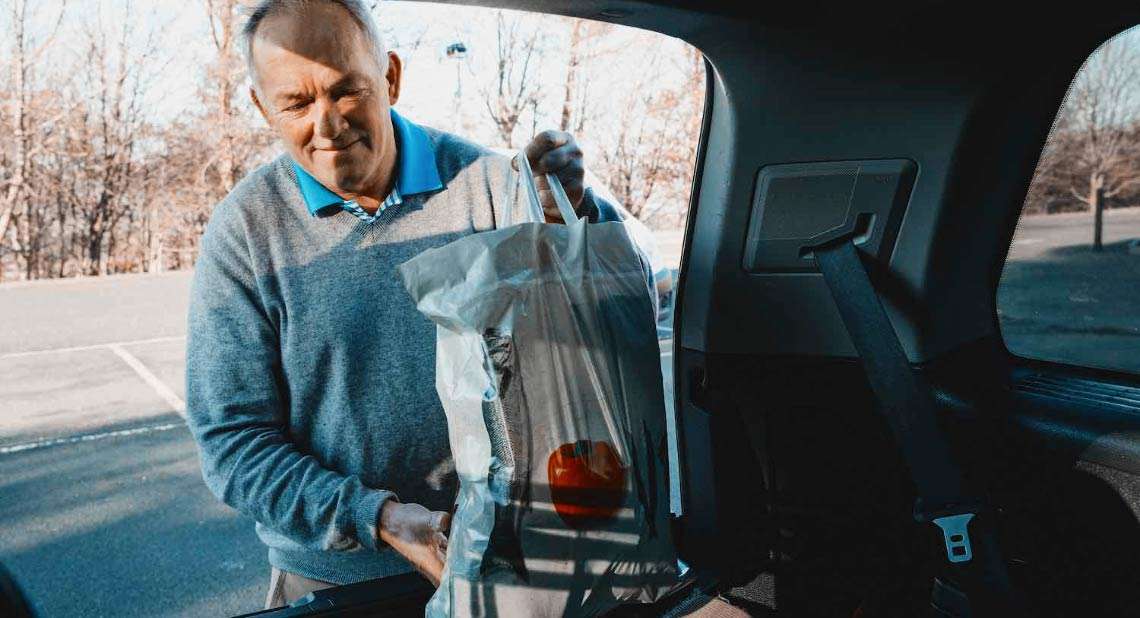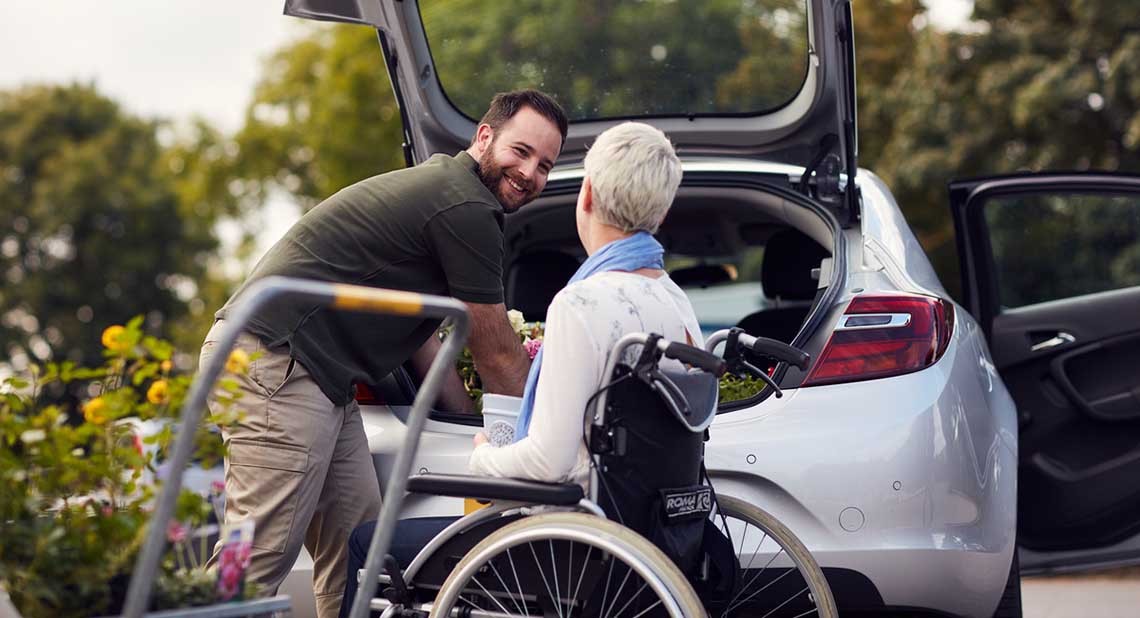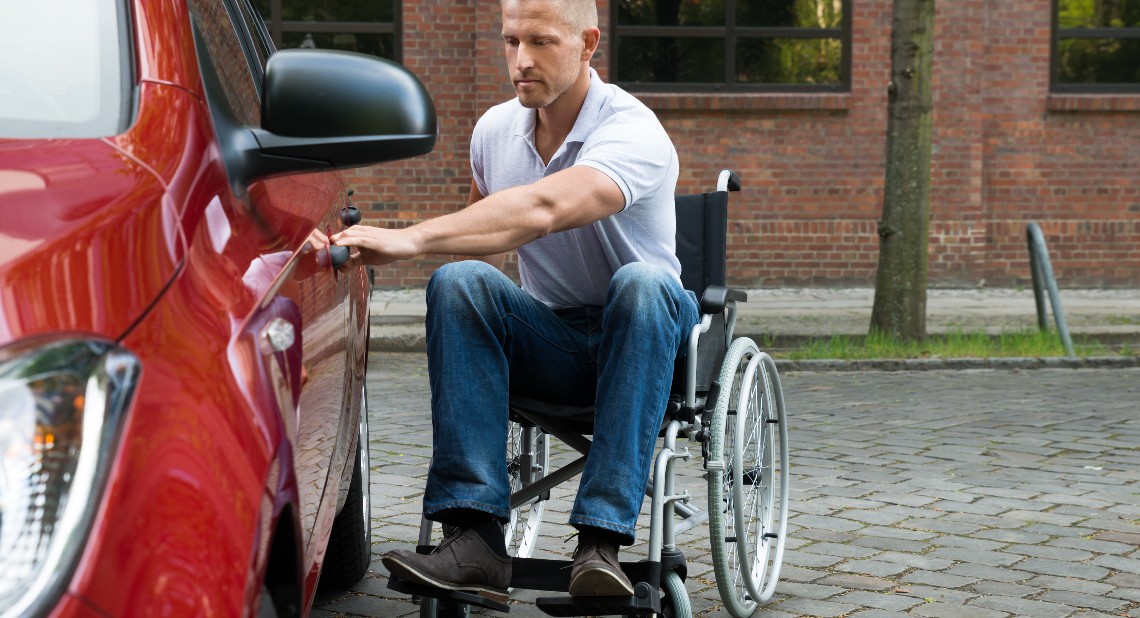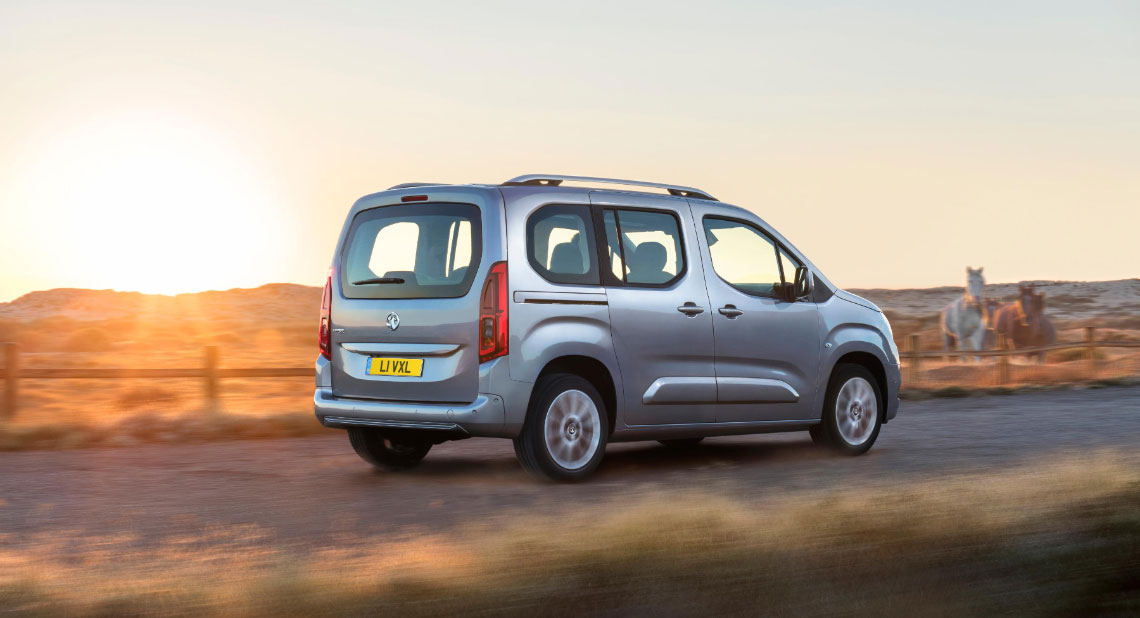Having the space to store the important items you need is a concern for all motorists. The size of door bins, glove boxes, rear seating and boot space is often considered. But what about if you need even more room? In this article, we’re going to look at the different types of storage and help you understand the sort of room you might find helpful.
To begin with, we’ll explore the different kinds of cars available, before going onto the standard spaces and locations in a vehicle where you can keep items.
Car size
First, it’s important to remember that just because a car looks big, it doesn’t mean it will have lots of storage space. An example of this is the Nissan Juke and the Toyota C-HR. Both these cars are classed as Sports Utility Vehicles (SUVs), and their chunky looks can deceive—neither have a boot space larger than you’ll find in a Volkswagen Golf. Slightly larger SUVs, like the Peugeot 3008 or Ford Kuga, come with significantly more boot loading potential, as do saloons like the Skoda Superb, a car that also comes in estate size, increasing the load space further.
Boot space
This is possibly the most important space for most people when it comes to in-car storage. Boot space is most commonly measured in litres, but more litres won’t always mean it’s better for you. For example, a low loading lip allows the loading and unloading of items to become much easier, as you don’t have to lift things up and over a part of the car. Cars with a flat boot floor are worth considering, too, as you can push objects in and pull them out more easily. In some vehicles, boots also come with a floor that can be raised or lowered, hooks to hang items on, storage nets to keep things in place and little compartments for the odd smaller item.
These are the basic storage spaces almost all standard four or five seat cars will have, but the Motability Scheme also offers adaptations such as rooftop stowage or a boot hoist for customers who require more specialised storage for a wheelchair or scooter.
Rooftop stowage
We often see rooftop storage used by people who carry sports equipment, but the Motability Scheme offers rooftop stowage that can store foldable wheelchairs, without you having to do any lifting. Using an electric hoist to lift and lower the wheelchair, the rooftop stowage unit gives you the ability to store a folded wheelchair in a box attached to the roof of your car. This does increase the overall height of your vehicle, so if you drive underground or close to trees with low branches, this is something to keep in mind.
Options to suit you
It’s not just cars offered on the Motability Scheme, you can choose from a huge range of cars, scooters, powered wheelchairs or Wheelchair Accessible Vehicles, all of which come with our fully inclusive lease package. To find out more please click the link below.
Car boot hoist
A car boot hoist can be fitted to some cars to help carry a mobility scooter or wheelchair. Your type of scooter or wheelchair does affect the kind of hoist required, and not all hoists fit all cars, so it’s essential to have it checked with your local dealership so they can be sure that it will fit. Boot hoists come in two or four-way arrangements and are relatively complex items, so we’d recommend speaking with your adaptation installer to understand how they work.
Cabin storage
There is often more space than you think at the front of your vehicle. The glovebox springs to mind when we talk about storage space at the front of a car, but there are also little compartments for items like mobile phones, documents, spare change, bottles and cups. The door bins can be especially helpful for storing documents for parking and on some cars the glovebox is lockable, giving extra security to more valuable items.
Rear seats
If you plan on carrying passengers, space in the rear is naturally essential. The amount of knee room and headroom is often mentioned in car reviews, but space in the rear isn’t limited to passengers. In some cars, on the back of the seats, you’ll find pockets or pouches to store items and further space in the door bins, too. Rear seats also fold down in almost all cars, increasing the amount of boot space available. Some vehicles feature ‘ski hatches’ which allow for longer items to travel through the car, such as flatpack furniture.
Find your next car
The Motability Scheme enables customers to exchange all or part of their mobility allowance to lease a car, Wheelchair Accessible Vehicle, powered wheelchair or scooter. There are also adaptations available including the additional storage options mentioned in this article. Check out the full range of vehicles available using the car search tool. Find out if you can become a customer by using our eligibility checker.
Related articles
A guide to car boot space: How much do you really need?
Boot capacity by car: Which one is right for your needs?
![]()








